It was 50 years ago that Jeannie Ritchie’s dad and husband didn’t come home from a trip to sea.
But she remembers the moment her life changed as if it was yesterday.
Jeannie sat at Peterhead Harbour with her eight-year-old son as boats came and went, but the Trident was nowhere to be seen.
As the time passed, she and William became more and more concerned. After all, her husband had called her the night before and told the 34-year-old to expect him.
The boat was sailing with fellow Peterhead trawler Faithful, and when it sailed into port Jeannie shouted over at its crew, asking “when will the Trident be in?”
It was when they avoided her question, and headed straight for the Coastguard base, that Jeannie knew something bad had happened.
“I knew then…that was it…I knew they were gone,” the 84-year-old tearily recalled.
Peterhead is very familiar with tragedies at sea, but the Trident has always been at the forefront of the fishing community’s mind.
Even after the wreck was finally discovered in 2001, decades of painful inquiries which opened up old wounds for the families of the crew followed.
And now, 50 years to the day of the sinking, Jeannie Ritchie opens up about life after the Trident sinking:
- How she will “never forget” the night the Trident didn’t come home
- Her poignant visit to the wreck 40 years later
- How she and other widows spent decades fighting for the truth
- And how she feels this tragedy could have been prevented
‘My father was a very home loving man’
Jeannie Ritchie was born in Peterhead in 1940, and fishing has always been in her blood.
She remembers her father, George Nicol, first going out to sea when she was in her early teens.
The mother-of-two recalls: “My recollection of my father was that he always went to sea.
“He was a very quiet, home-loving man. Never criticised us, my sister and I, although my mother did,” she chuckles.
“My mother was the one who pulled us up if we were out of line, but not my father.
“He was a very nice guy, and very humble.”
She then met her husband, Alexander Ritchie, at school, and soon got married aged 21.
George and Alexander had worked on numerous Peterhead vessels, but it was a chance encounter in the Fishermen’s Mission which led to their doomed involvement on the Trident.
Chance encounter leads to joining Trident crew
The Fishermen’s Mission has been a mainstay of the harbour in the Blue Toon for generations.
The hub was always bustling with crewmen getting ready for, or just coming back from sea.
And it was here that Jeannie’s husband and father joined the crew of the Trident.
“My father and late husband were down at the Fishermen’s Mission for their tea, and they met the skipper-to-be, who my husband knew from school,” she recalled.
“He asked if they would be interested in coming on board as the mate, really for my husband’s experience as an engineer, but also for my father’s fishing experience.
“That’s how it all came about, a meeting outside the mission in Peterhead.”
What happened to the Trident?
The 86ft fishing boat was built in Middlesborough in 1972, and was fitted on the Isle of Bute.
The boat was released to sail in March 1973, but only 18 months later tragedy struck the Peterhead vessel.
After landing herring in Troon, the crew began their journey along the north coast back home.
The Trident was last seen at around 4pm on the 3rd of October by her sister ship, the Faithful, nine miles south-east of Duncansby Head.
Wick Radio had tried to contact the skipper 45 minutes later, but received no response.
The only remnants discovered at the time were 40 fish boxes floating in the icy waters of the North Sea.
And whilst all this was going on, Jeannie was none the wiser, busily preparing for her father and husband to come home.
‘It’s always there, it never leaves you’
Jeannie remembers the traumatic realisation that her husband and father had been lost like it was yesterday.
“I recall the night she sank so clearly,” the 84-year-old says.
“On the Wednesday, it was the end of the herring season, so they landed in Troon, and phoned home to say they would be in Peterhead the next day.
“I went down with my eight-year-old son to pick up my husband and father.
“They were sailing back with the Peterhead boat Faithful, and I knew all the crew on that boat.
“The Faithful came in, and I shouted ‘when will the Trident be in?’, but they never answered me.
“Nobody approached me in the car which was unusual.”
Jeannie takes a pause, the memories flooding back.
She continues: “I’ll never forget how I followed their cars, and they went right to the Coastguard control tower.
“I went into the tower with my son, and when I went up the stairs I heard them organising the search, and the Nimrod search planes.”
Through tears, Jeannie remembers: “I knew then…that was it. I knew they were gone.”
None of the seven crew survived.
Jeannie’s husband and father were gone, along with James Tait, Thomas Thain, Alexander Mair, Alexander Summers and Robert Cordiner.
‘I’m not just a widow of the Trident, but a daughter as well’
The 84-year-old describes the weeks and months following the tragedy as “absolutely terrible”.
“I am not the only one that has had a tragedy of the sea, not at all,” Jeannie adds.
“But once you’ve had it, it’s something you carry in the back of your mind.
“It’s always there, it never leaves you.
“It made a tremendous impact on the widows. They were all young widows and I recall speaking to them all daily.
“It changed everyone’s life. That night, 12 children lost their fathers.
“I am a widow of the Trident, but I’m also a daughter of the Trident.
“It’s the fact you don’t get closure. It took 27 years to find the wreck.”
Trident wreck discovered 27 years after sinking
For 27 years after the sinking, families of the Trident’s crew were left in the dark about the whereabouts of the wreckage.
That was until two amateur divers, hunting for the Second World War battleship HMS Exmouth, stumbled across a wreck on the ocean floor.
More than 200ft deep off the coast of Wick, the Trident sat on its starboard side, her white wheelhouse standing out amongst the blue-painted hull.
And like the day the ship never came home, Jeannie remembers the wreck’s discovery clear as day.
“My mother got a call from the mission that the wreck of the Trident had been found,” she said.
“When she phoned me, I thought ‘what is my mother talking about, she must be dreaming something’.
“But it really was the wreck.”
Jeannie then got to see the wreck for the first time – which was an emotional experience for the widow.
She added: “The MAIB (Marine Accident Investigation Branch) went out and did a survey, and we got a video of the ship. It was heart-breaking seeing her lying there.
“It was horrendous.”
‘You could see the wreckage from the boat’
A decade had passed since the Trident was found on the seabed when a relic of the ship was removed.
A lamp from the wheelhouse was taken up during one of the surveys, with plans to house it in Peterhead’s Arbuthnot Museum.
“But none of the widows wanted that, it was too painful,” Jeannie added.
“We asked that it be put back.”
And that was when the opportunity arose for Jeannie to visit her husband’s and father’s gravesite for the first time.
The then 71-year-old was invited to put the lamp back where it came from, along with laying flowers on behalf of the “widows and children” of the Trident.
“It was a horrendous experience because we stopped over the wreck, and you could see it,” Jeannie recalled.
“We were right over the wreck, and you were staring at it under your feet.”
She added: “It was quite an experience, I’m sure I couldn’t go through it again. It was too traumatic.
“I didn’t realise it would be so painful, but I’m very happy I put down flowers for the other widows.”
Could the Trident’s sinking have been prevented?
In the years that followed the tragedy, numerous investigations were held into the cause of the Trident’s sinking.
In 1975, a 20-day-long inquiry found that there was insufficient stability in the Trident’s design, and it could have contributed to the sinking.
But subsequent inquiries ruled that the cause was down to the boat taking on “a succession of seas”.
Jeannie would not settle for this explanation, she felt it ran deeper.
The 84-year-old vehemently stated: “She was signed off as being stability tested by the white fish authority, but she was never tested, they just signed it off.
“I remember my husband speaking so much about it.
“The man came down with all the weights for the incline test, but they were trying to catch the tide to go out to fish, so the weights were taken off and she went out without a test.”
And the Peterhead widow wasn’t going to give up the fight to find out the true cause of her husband and father’s death.
‘The inquiry was a foregone conclusion’
The final inquiry into the Trident sinking took place in 2010, but it did not produce the result Jeannie and the other family members had hoped for.
Ailsa Wilson KC found that the most probable cause was a “sudden and catastrophic” capsize in heavy seas, and that there was no reliable evidence of design deficiencies contributing to the tragedy.
These inquiries only served to exacerbate the pain of the remaining widows, according to Jeannie.
“We went into the inquiry, and we knew it was a forgone conclusion,” the 84-year-old sighed.
“We weren’t allowed to speak about stability, even though we knew that was the issue.
“The Trident was put to sea despite it not being seaworthy.
“Crew members of the Faithful spoke about the wind being a four on the Beaufort scale, but they weren’t listened to.
“For us, the inquiry was just a waste of millions of pounds.”
‘They should have seen their kids grow up’
Thursday October 3 marks 50 years to the day since the Trident sunk, and Jeannie looks back on it all with a mixture of grief and anger.
“It was seven wasted lives. It should never have happened,” the Peterhead widow laments, the fury still there all these years on.
“They should be remembered with respect, and as loving husbands and fathers who lost their lives in an unstable boat.
“It shouldn’t have happened. They should have seen their children grown up, but they didn’t get that opportunity.”
Read more:
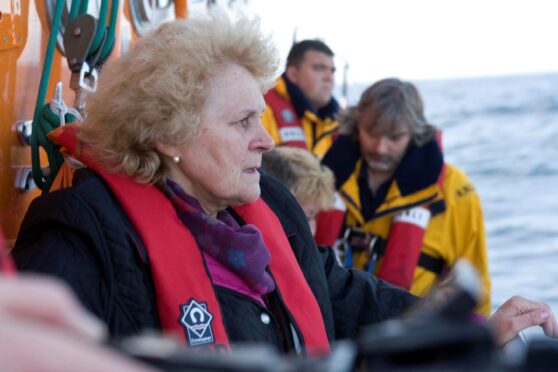
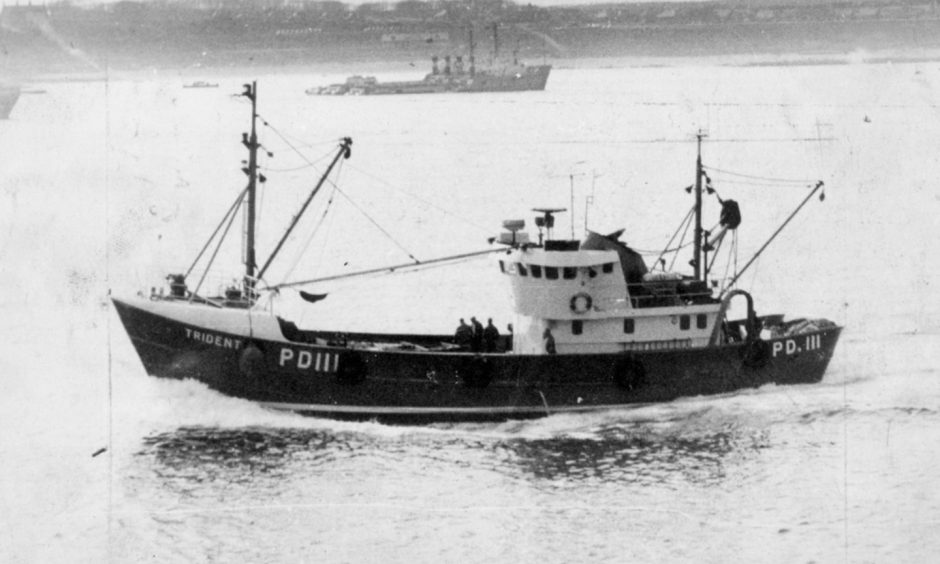
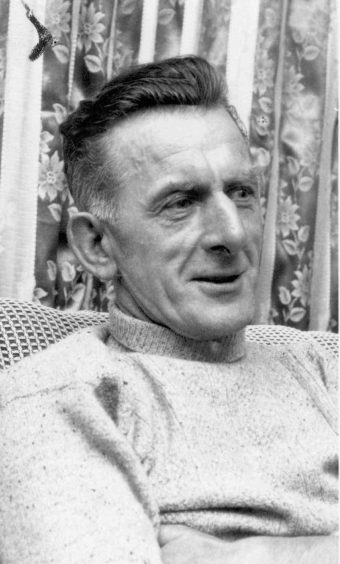
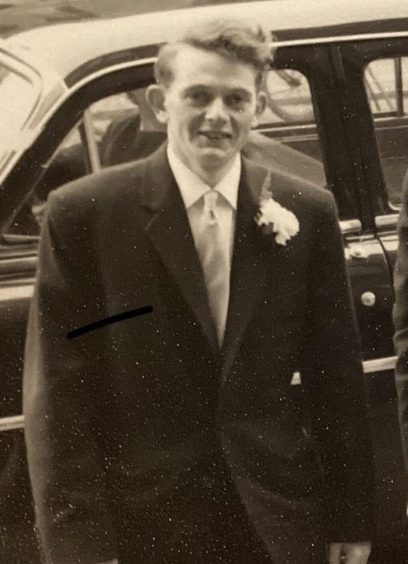
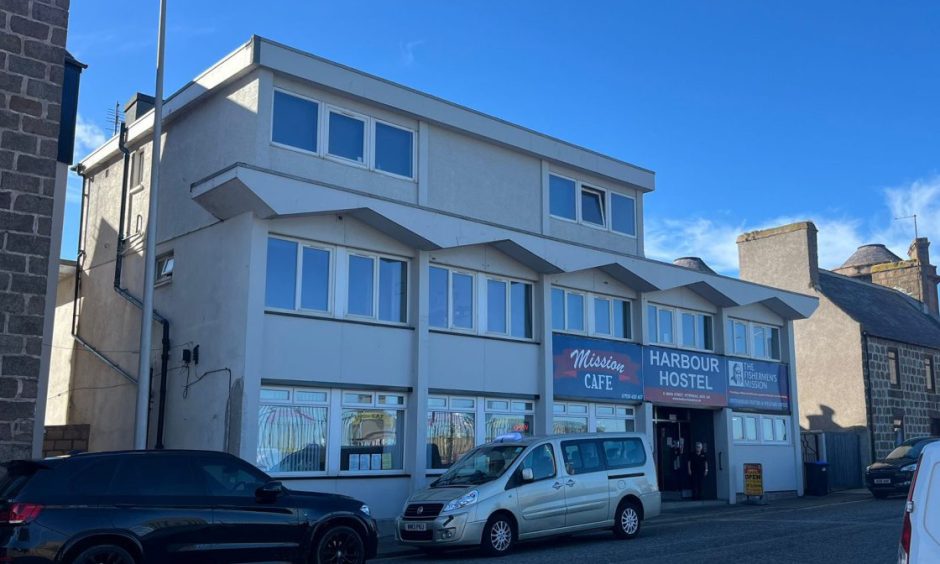
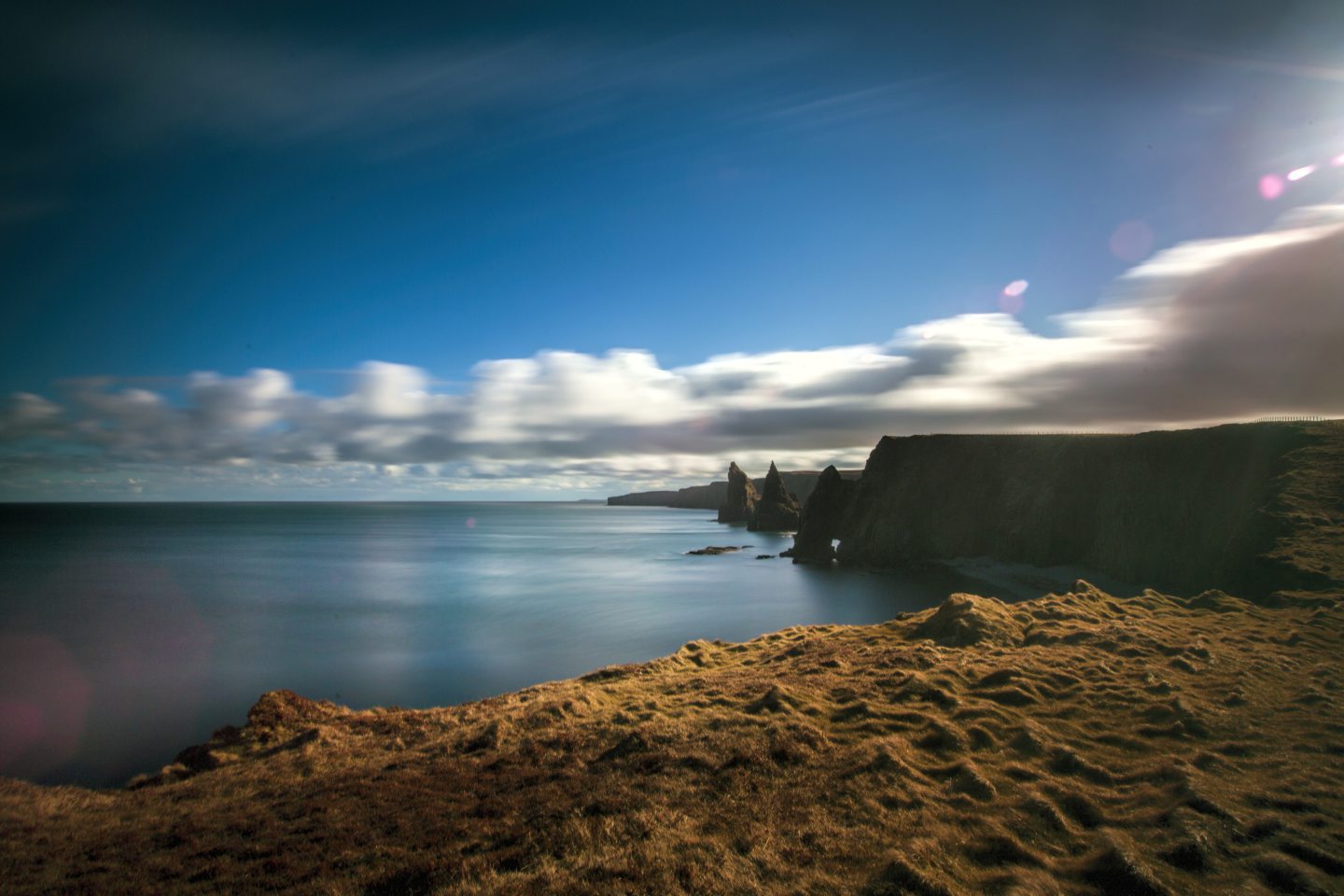
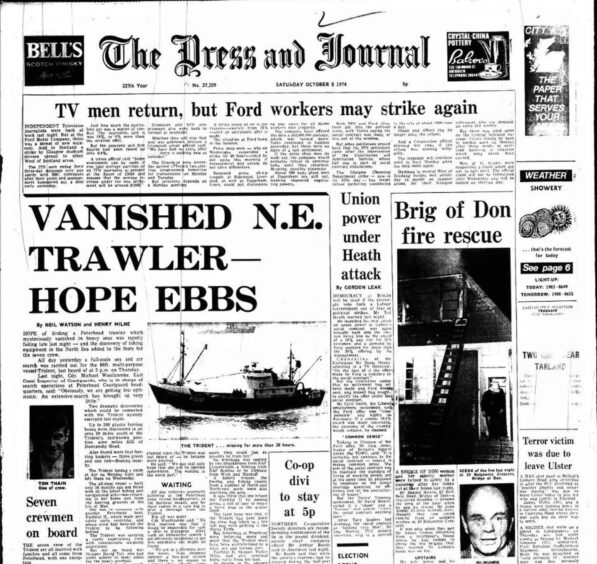
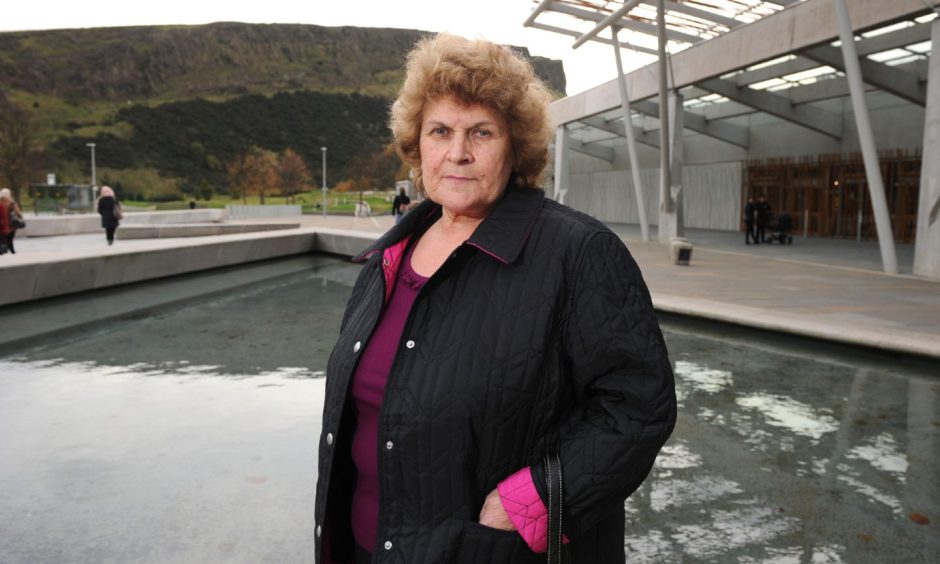
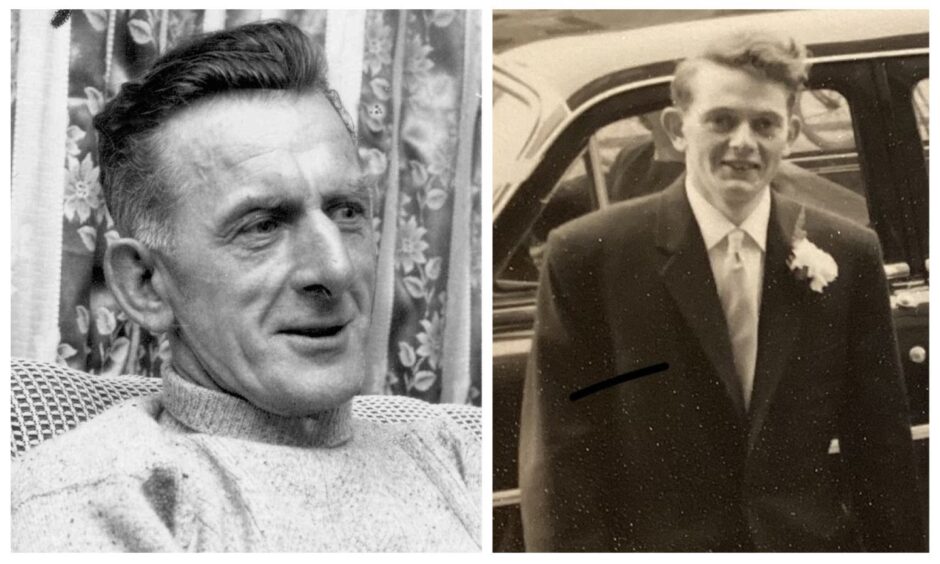
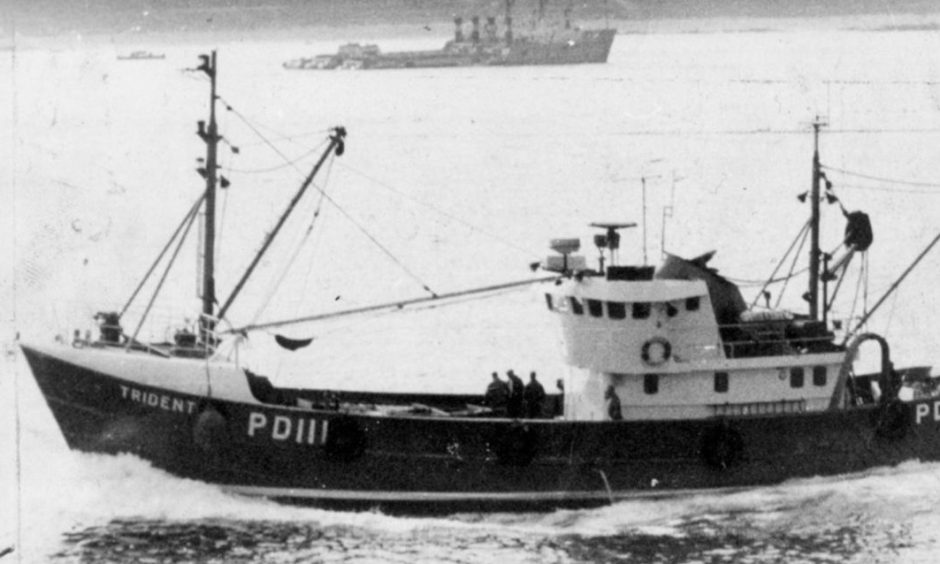
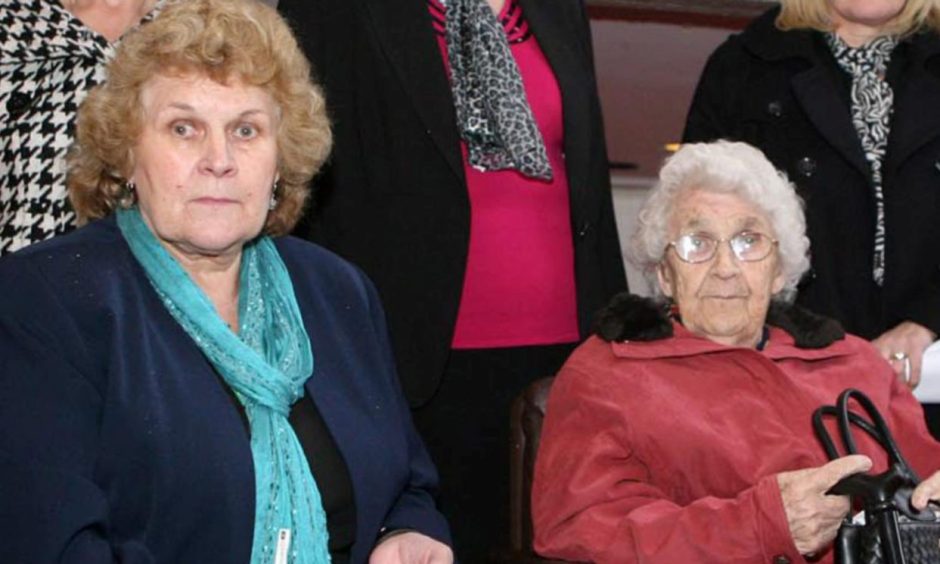
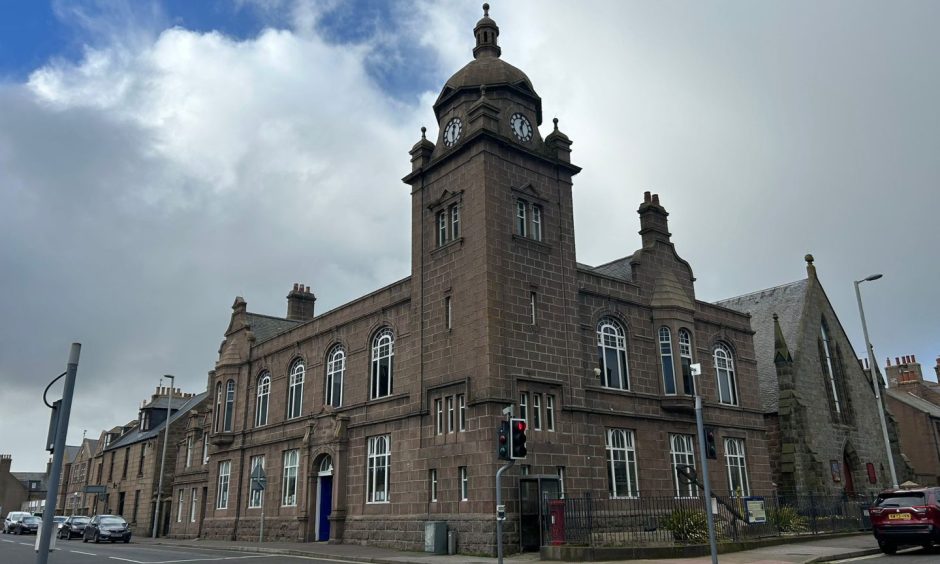
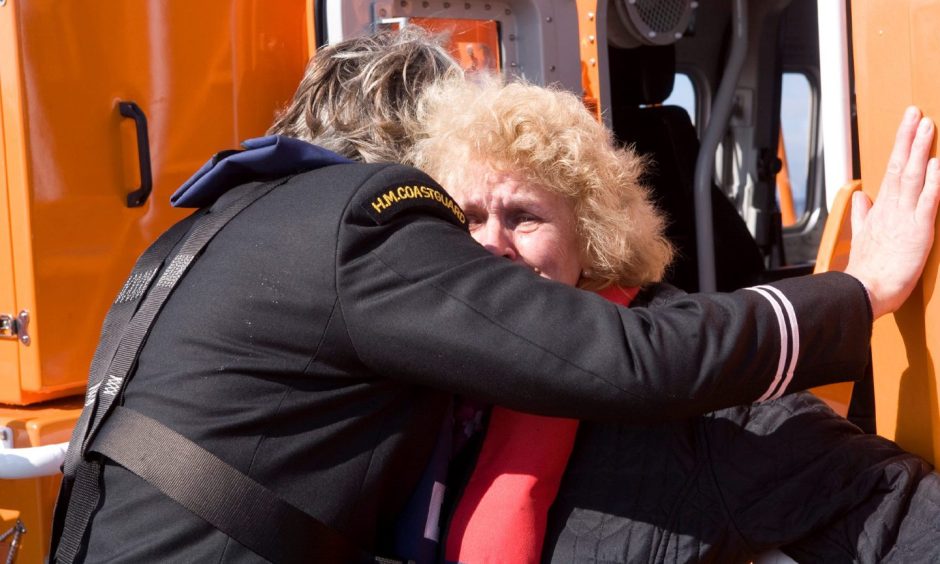
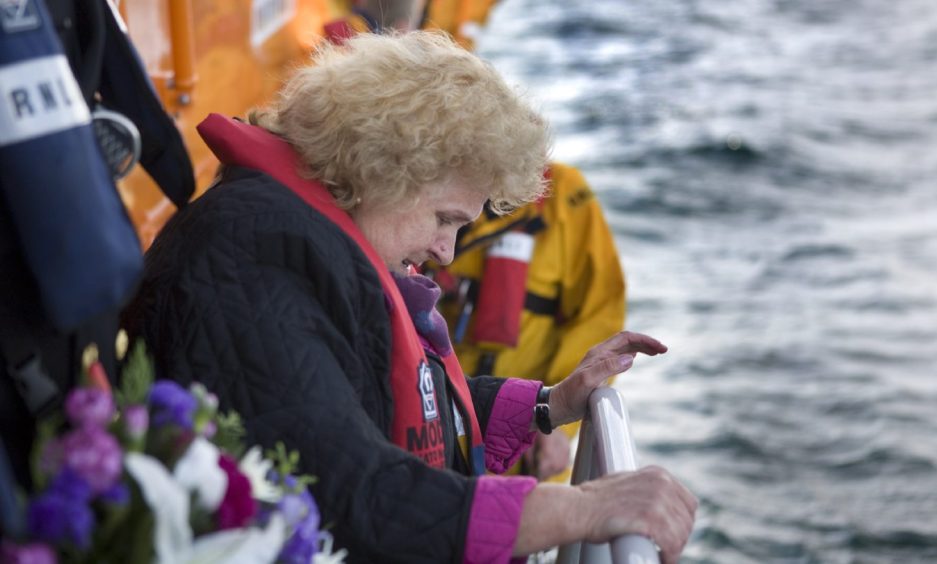
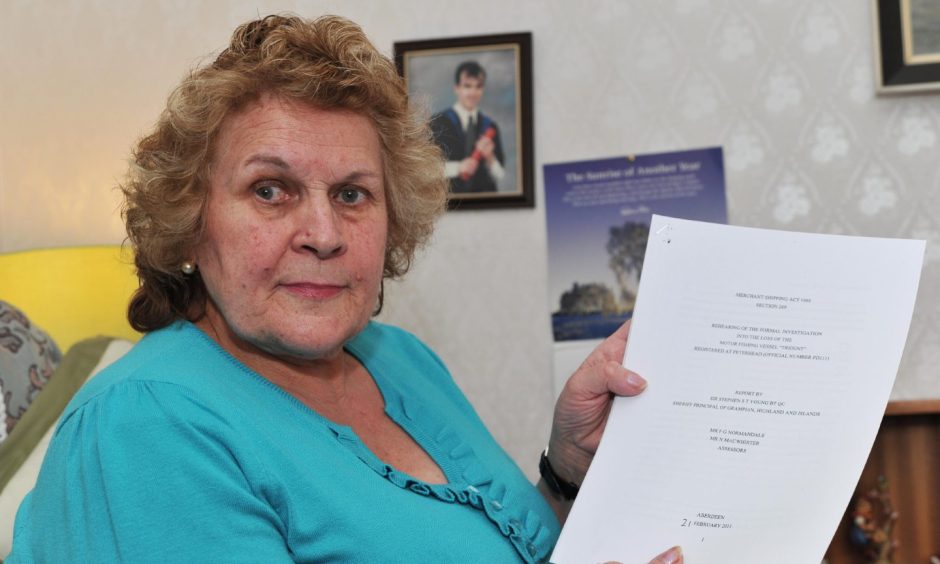
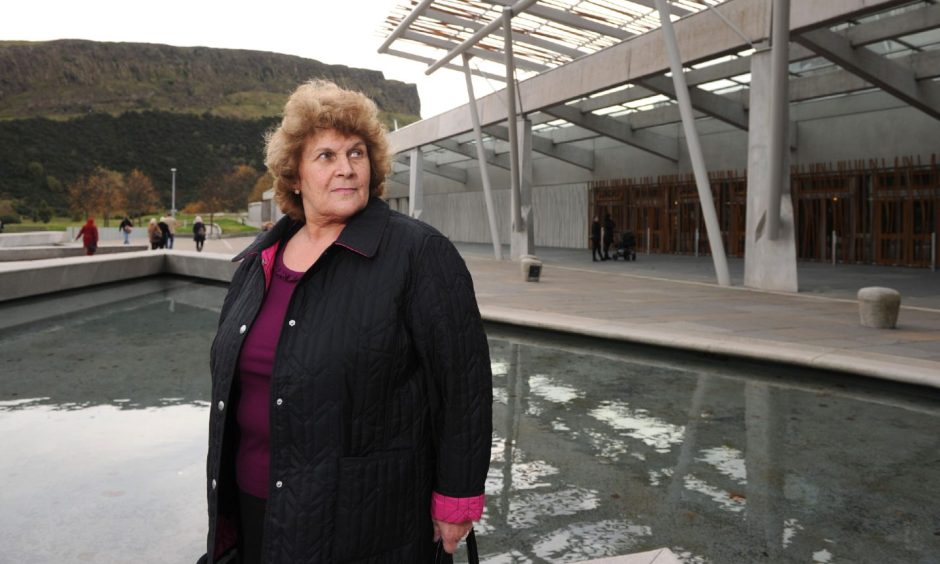
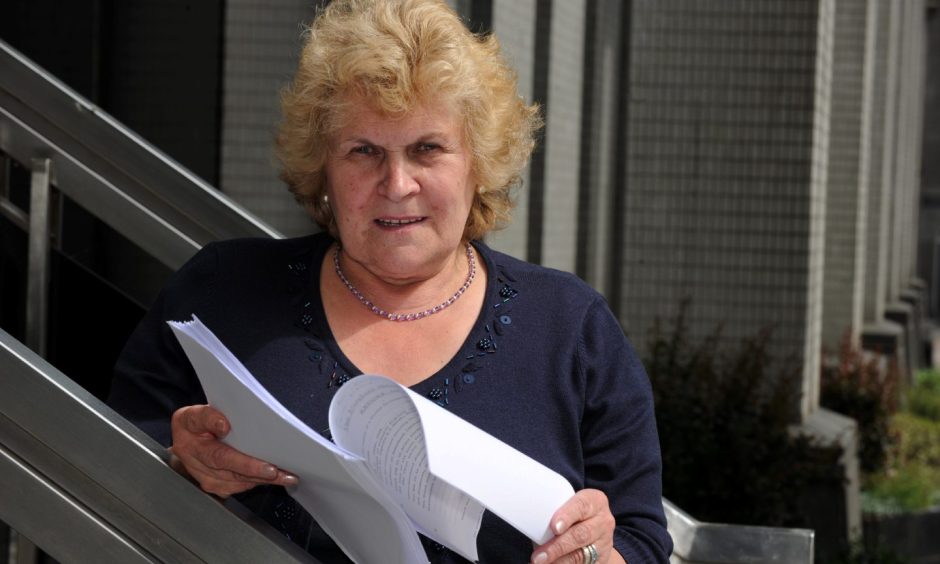
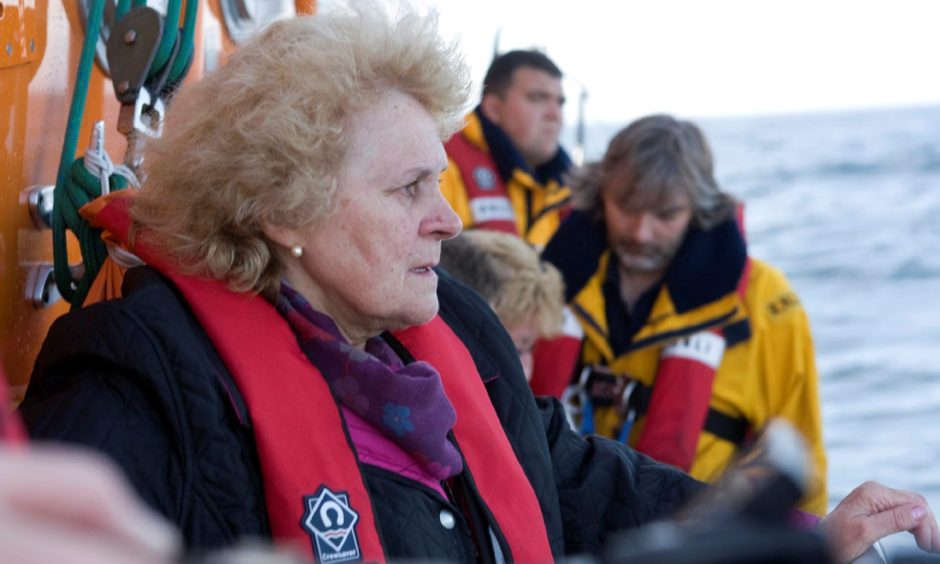
Conversation